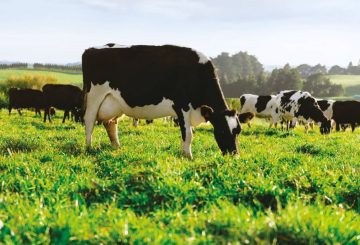Medsafe, cơ quan an toàn dược phẩm và thiết bị y tế New Zealand, đã bật đèn xanh cho 11 loại thuốc cảm lạnh và cúm có chứa pseudoephedrine. Các nhà cung cấp dược phẩm đã tuyên bố rằng họ có thể bắt đầu cung cấp các sản phẩm này sớm nhất là vào tháng Sáu. Điều này sớm hơn nhiều so với ngày dự kiến ban đầu là năm 2025, theo Phó Bộ trưởng Y tế David Seymour.
Seymour giải thích rằng chính phủ đã đáp ứng nhu cầu của công chúng đối với những loại thuốc này kịp thời cho mùa đông bằng cách nhanh chóng thay đổi luật pháp và đẩy nhanh quá trình phê duyệt của Medsafe. Bước tiếp theo là các công ty dược phẩm cung cấp các loại thuốc này đến New Zealand, mà họ đã chỉ ra có thể được thực hiện vào mùa đông.
Bộ trưởng tin rằng điều này sẽ mang lại sự cứu trợ đáng kể cho người dân New Zealand bị cảm lạnh và cúm trong mùa đông này. Ông cũng đề cập rằng mọi người bây giờ sẽ được tiếp cận với các loại thuốc cảm lạnh và cúm hiệu quả tương tự có sẵn ở Úc, Canada, Anh và Mỹ.
Dự luật sửa đổi Lạm dụng Ma túy (Pseudoephedrine), trong đó phân loại lại pseudoephedrine từ loại B sang loại thuốc được kiểm soát loại C, đã được Hạ viện nhất trí thông qua trong tuần này. Sự thay đổi này, cùng với các sửa đổi đối với Quy định về Thuốc 1984, có nghĩa là người New Zealand hiện có thể mua thuốc cảm lạnh và cúm có chứa pseudoephedrine từ hiệu thuốc mà không cần toa bác sĩ.
Seymour chỉ trích lệnh cấm trước đó đối với các loại thuốc này, dựa trên những lo ngại rằng pseudoephedrine sẽ được sử dụng để sản xuất methamphetamine. Ông lập luận rằng các băng đảng tội phạm có những cách hiệu quả hơn để lấy pseudoephedrine để sản xuất meth và những phương pháp này nên là trọng tâm của các nỗ lực thực thi pháp luật.
Bất chấp những thay đổi, các biện pháp bảo vệ sẽ vẫn còn để ngăn chặn việc lạm dụng các loại thuốc này. Pseudoephedrine sẽ tiếp tục là một loại thuốc được kiểm soát và là một chất tiền chất, với các hạn chế đối với nhập khẩu và xuất khẩu vẫn được áp dụng. Cảnh sát và Hải quan New Zealand cũng sẽ có thẩm quyền thu giữ bất kỳ sản phẩm bất hợp pháp nào.
Theo Seymour, chính phủ đã thực hiện lời hứa đưa ra các quyết định có nguyên tắc bằng cách loại bỏ các thủ tục hành chính không cần thiết và cho người New Zealand có nhiều quyền tự do và lựa chọn hơn trong việc mua thuốc cảm lạnh và cúm hiệu quả. Để biết thêm thông tin, hãy truy cập trang web của Bộ Y tế.






























































